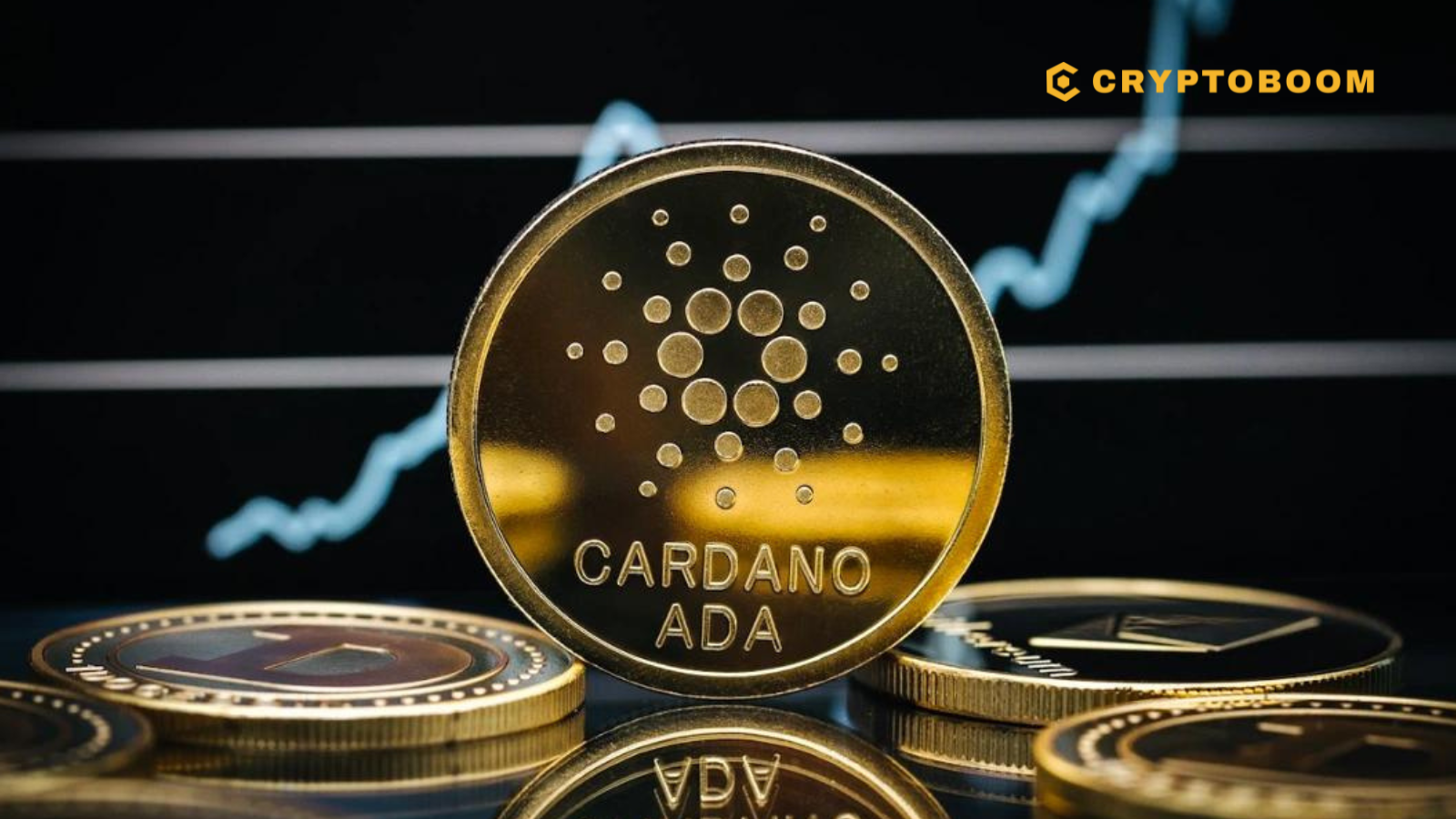What is Cardano staking? For cryptocurrency enthusiasts looking to maximize their earnings, Cardano staking might just be the opportunity they’ve been seeking. Cardano, a blockchain platform renowned for its commitment to academic rigor and peer-reviewed development, offers a unique staking mechanism that allows users to participate in the network’s consensus mechanism while earning rewards. In this comprehensive guide, we’ll delve into the intricacies of Cardano staking, exploring how it works, its benefits, potential risks, and how to get started.
Understanding Cardano Staking
Cardano staking is based on the idea of proof-of-stake (PoS), a consensus mechanism that cryptocurrencies like Cardano and Polkadot use to process transactions and secure the network. Unlike proof-of-work (PoW) systems that rely on mining, PoS requires participants to stake a certain amount of their tokens as collateral. In return, they are rewarded with additional tokens for validating transactions and maintaining network security.
Related Article: Will Shiba Inu Coin Reach 10 Cents?
How Does Cardano Staking Work?
Staking on the Cardano network is a relatively straightforward process. To begin, users need to delegate their ADA tokens to a stake pool. These pools, managed by groups of validators, are responsible for creating new blocks on the Cardano blockchain. By delegating their ADA, users contribute to the network’s security and consensus mechanism.
Once delegated, ADA holders are eligible to receive rewards based on the amount of stake they contribute to the pool. Rewards are distributed proportionally among all participants in the pool, with those with larger stakes earning higher rewards. Importantly, staking ADA does not require users to lock up their tokens, providing flexibility and liquidity.
Pros and Cons of Cardano Staking
Staking Cardano, like any investment opportunity, comes with its own set of advantages and disadvantages. Understanding these pros and cons is crucial for making informed decisions about whether Cardano staking aligns with your financial goals and risk tolerance. Let’s explore the pros and cons of Cardano staking.
| Pros | Cons |
|---|---|
| Passive Income | Market Volatility |
| Decentralization | Risk of Slashing |
| Flexibility | Technical Complexity |
| Ownership | Selection of Stake Pools |
| Community Participation | Regulatory Uncertainty |
Benefits of Cardano Staking
Staking ADA offers several benefits for cryptocurrency enthusiasts and investors. Firstly, it provides an opportunity to earn passive income on idle assets. By staking their ADA, users can generate additional tokens without actively trading or investing further capital. Furthermore, staking allows users to retain full ownership and control of their tokens, unlike some centralized staking platforms where custody is relinquished.
Risks of Cardano Staking
While Cardano staking presents lucrative opportunities, it’s essential to consider the associated risks. One potential risk is the unpredictability of earnings. Factors such as the size of the stake, pool performance, and market fluctuations can impact rewards. Additionally, users must exercise caution when selecting stake pools to avoid potential scams or malicious operators.
Getting Started with Cardano Staking
To begin staking ADA, users need to choose a staking-compatible wallet such as Daedalus or Yoroi. From there, they can delegate their ADA to a stake pool of their choice. It’s crucial to research and select reputable stake pools with a history of producing blocks and fair reward distribution.
FAQs
Is Cardano staking safe?
Yes, Cardano staking is considered safe, as users maintain control of their tokens and participate in a decentralized consensus mechanism.
How much can I earn from Cardano staking?
Earnings from Cardano staking vary depending on factors such as stake size, pool performance, and market conditions. However, annual percentage yields typically range from 2% to 5%.
Can I unstake my ADA at any time?
Yes, users can unstake their ADA at any time without incurring penalties. However, rewards may take time to reflect after unstaking.
We're on Twitter, follow us to connect with us: @Cryptoboom
— Cryptoboom (@Cryptoboom29884) April 15, 2024
Cardano staking offers a compelling opportunity for cryptocurrency enthusiasts to earn passive income while contributing to the security and decentralization of the network. By delegating their ADA to stake pools, users can unlock the potential for additional rewards without sacrificing ownership or liquidity. However, it’s essential to conduct thorough research and exercise caution when selecting stake pools to mitigate potential risks. With careful consideration and prudent decision-making, Cardano staking can be a rewarding endeavour for investors looking to diversify their crypto portfolio.














